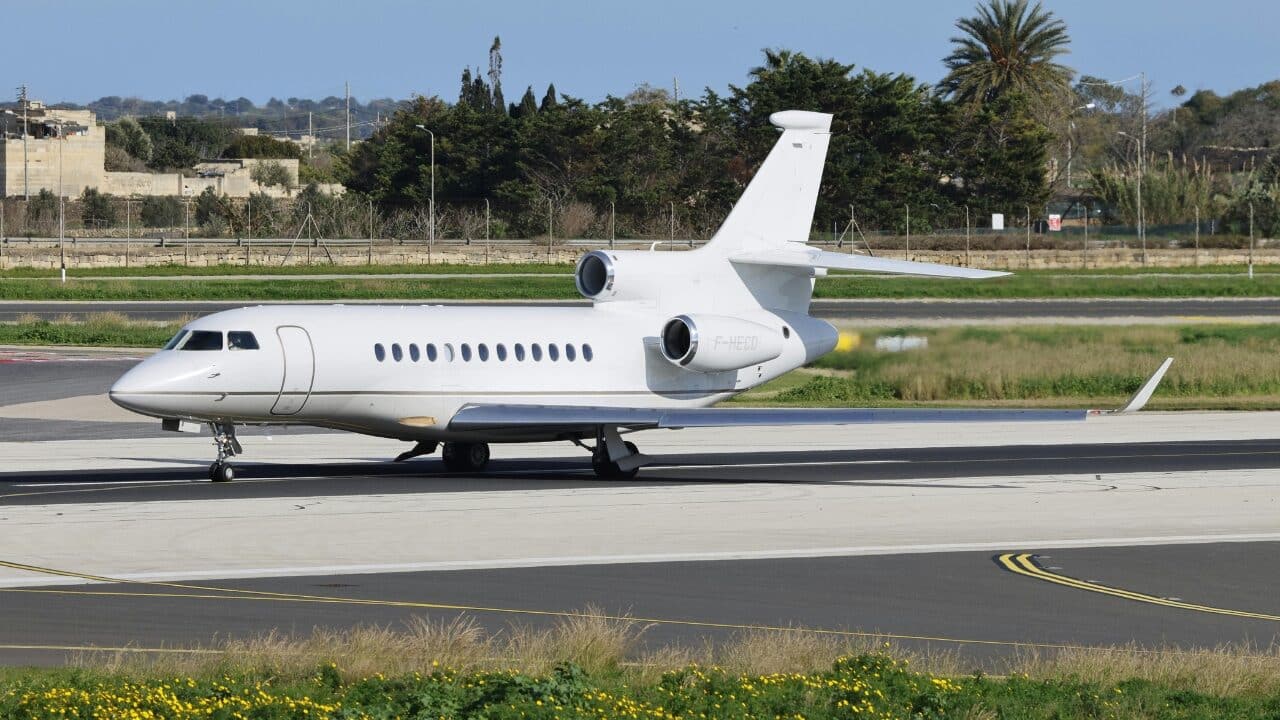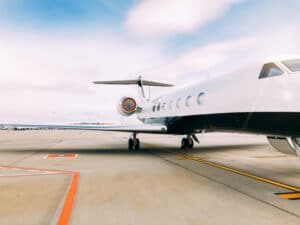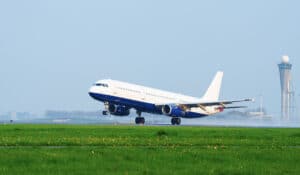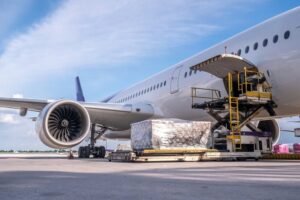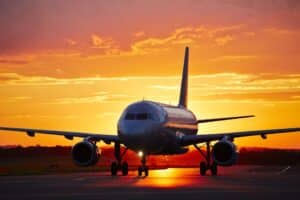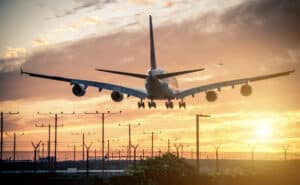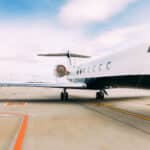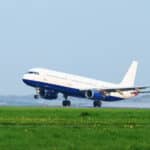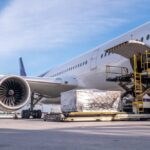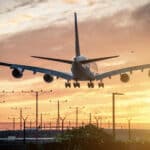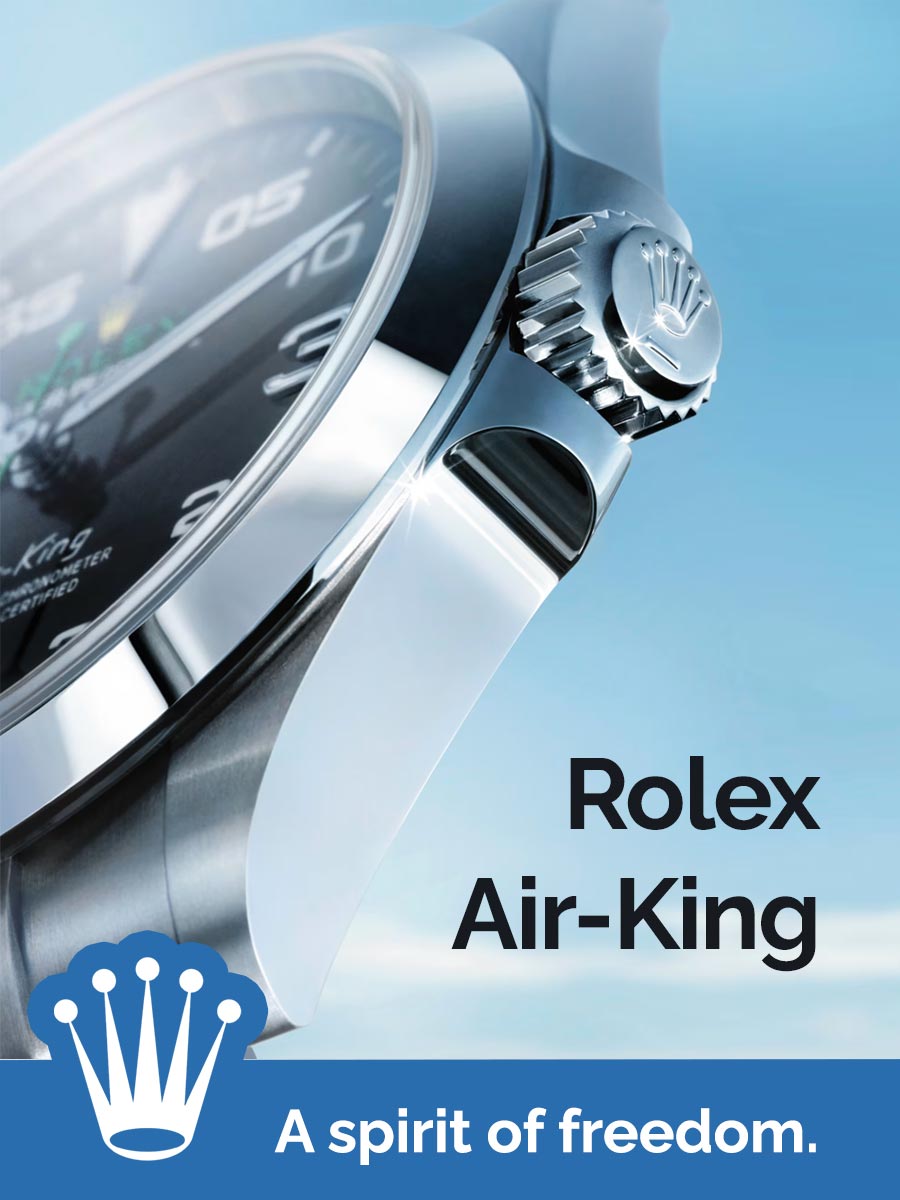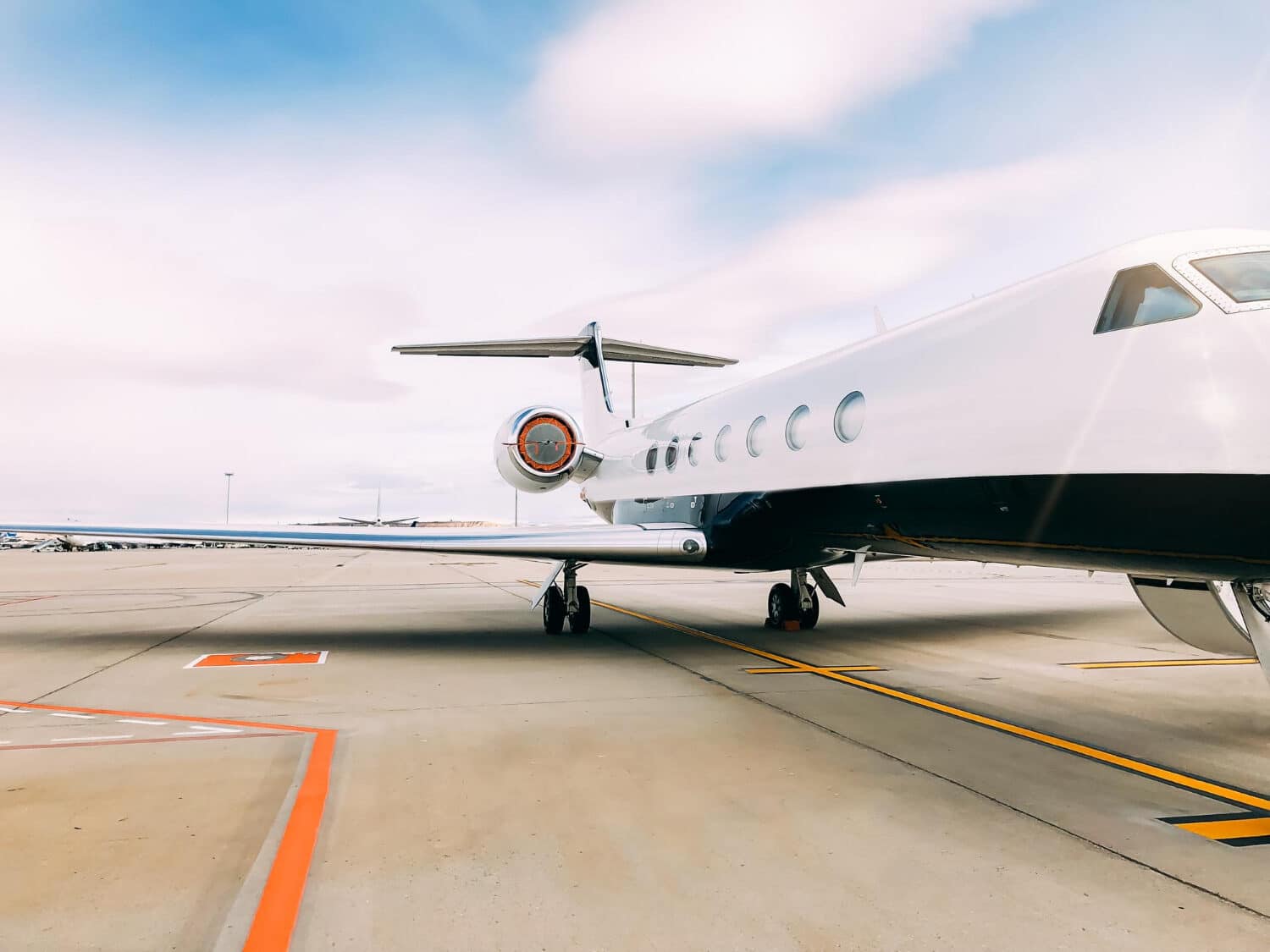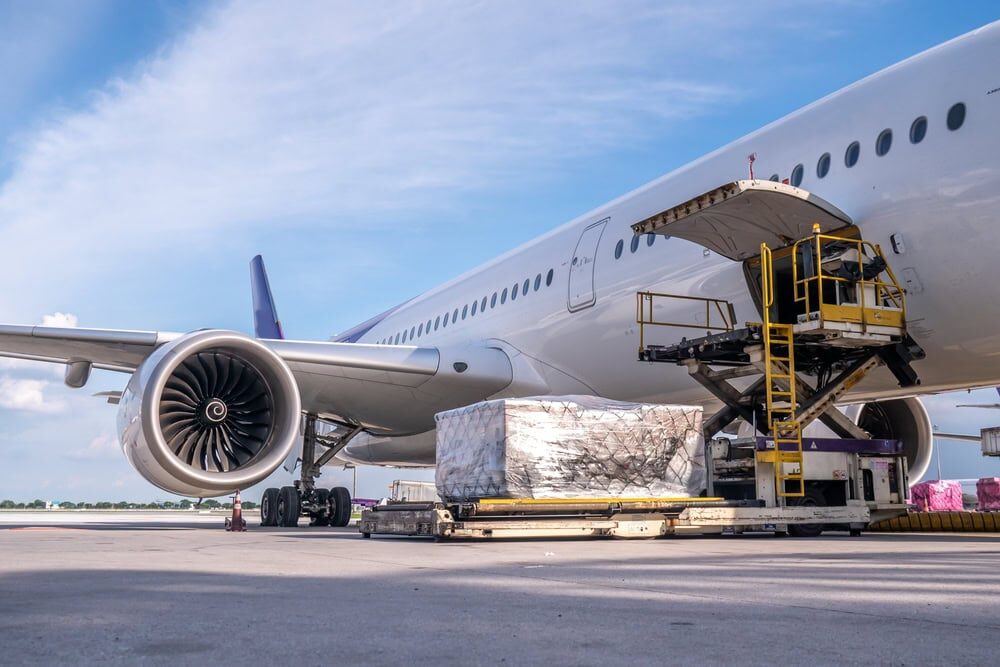Private jet ownership represents the ultimate expression of personal freedom and business efficiency. The ability to depart on your schedule, avoid commercial airport congestion, and maintain absolute privacy holds immense appeal for ultra-high-net-worth individuals and corporate executives.
However, aircraft ownership demands significant financial commitment extending far beyond the initial purchase price. Understanding the complete economic picture proves essential for making informed decisions about whether ownership aligns with your travel patterns and financial objectives.
This comprehensive analysis examines both obvious and hidden costs associated with private jet ownership in 2025, providing realistic expectations for prospective buyers.
The Appeal of Jet Ownership
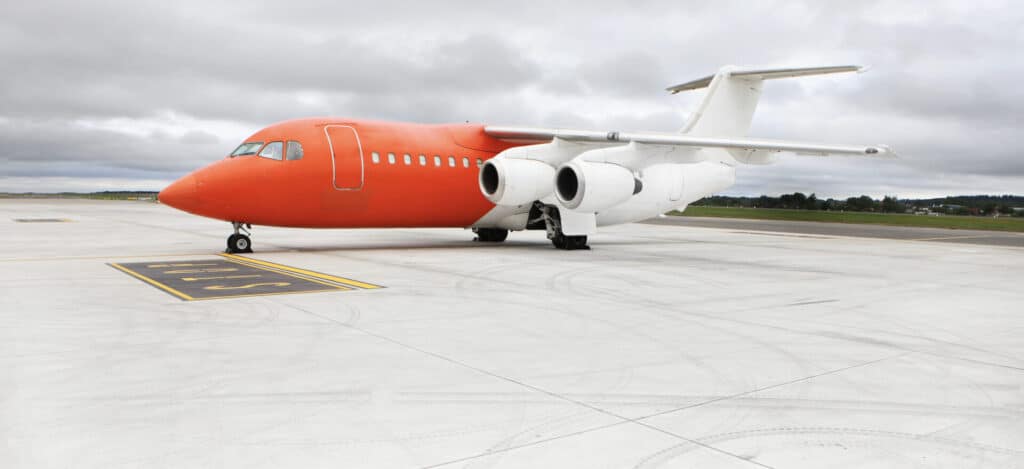
Business leaders and entrepreneurs increasingly view private aircraft as strategic assets rather than mere luxuries. Time represents the ultimate non-renewable resource, and private aviation delivers unmatched efficiency.
Commercial travel imposes substantial time costs. Security lines, boarding delays, layovers, and limited schedules consume hours that could generate business value. Private aviation eliminates these inefficiencies entirely.
Privacy and security considerations also drive ownership decisions. Confidential business discussions, sensitive negotiations, and high-profile travel all benefit from the discretion private aviation provides. No risk of inadvertent disclosure or unwanted attention.
Yet this convenience and capability comes at considerable expense. Aircraft represent complex machinery requiring ongoing maintenance, qualified crews, and comprehensive insurance. Regulatory compliance adds another layer of cost and complexity.
Prospective owners must evaluate whether their utilization patterns justify ownership economics compared to alternatives like charter services or fractional programs.
The Purchase Price: New vs Pre-Owned Jets
Aircraft acquisition costs vary dramatically based on size category, range capability, age, and condition. The 2025 market offers options spanning entry-level very light jets to ultra-long-range heavy aircraft.
New aircraft command premium pricing but deliver latest technology, manufacturer warranties, and known maintenance history. Factory-fresh jets from Gulfstream, Bombardier, Dassault, and Embraer incorporate cutting-edge avionics, fuel-efficient engines, and state-of-the-art cabin systems.
Pre-owned aircraft offer significant savings—typically 20-50% below new pricing—but require careful evaluation. Age, total flight hours, cycles (takeoff/landing events), and maintenance records all impact value and future costs. For detailed analysis of market trends, review our comprehensive private jet cost breakdown.
| Jet Category | Example Models | Typical Range | Approx. Price (USD) |
|---|---|---|---|
| Very Light Jet | Embraer Phenom 100, Citation Mustang | 1,100–1,400 NM | $3M–$4M |
| Light Jet | Citation CJ3+, Phenom 300 | 1,500–2,000 NM | $4M–$8M |
| Midsize Jet | Citation XLS+, Challenger 350 | 2,000–3,500 NM | $9M–$20M |
| Super-Midsize Jet | Gulfstream G280, Falcon 2000S | 3,500–4,500 NM | $20M–$25M |
| Heavy Jet | Gulfstream G650, Global 7500 | 6,000+ NM | $35M–$75M+ |
Note: Pre-owned jets may cost 20–50% less but often require additional upgrades and higher maintenance.
Financing Options
Few buyers purchase aircraft outright with cash. Financing typically requires 10-20% down payment with terms spanning 5-10 years. Interest rates in 2025 range from 6-8% depending on creditworthiness and market conditions.
Lenders evaluate both personal/corporate financial strength and aircraft value retention characteristics. Established manufacturers’ popular models command better financing terms than obscure or aging aircraft types.
Lease structures provide alternatives to traditional loans. Operating leases preserve capital and may offer tax advantages depending on jurisdiction and use case. For detailed comparison of options, explore our analysis of financing versus leasing strategies.
Engaging experienced aviation consulting professionals before purchase proves invaluable. Advisors navigate complex transactions, structure optimal tax treatment, and identify potential issues in pre-purchase inspections.
Annual Ownership & Operating Costs
Ongoing expenses represent the largest financial commitment in aircraft ownership. Annual operating costs typically equal 5-15% of aircraft value, varying significantly based on utilization and management approach.
Aircraft Insurance

Hull insurance protects the aircraft’s value while liability coverage addresses third-party claims. Combined premiums range from 1-3% of aircraft value annually, influenced by pilot experience, operational profile, and coverage limits.
A $20 million midsize jet might cost $200,000-$600,000 annually for comprehensive coverage. Insurers examine pilot qualifications closely—low-time pilots or those lacking specific type ratings face substantially higher premiums.
Geographic operations affect pricing. Aircraft operating internationally or in regions with limited infrastructure face premium surcharges. Claims history also impacts future costs significantly.
Hangar or Parking Fees

Hangar rental protects aircraft from weather while providing security and access to maintenance facilities. Costs vary dramatically by location—expect $30,000-$200,000+ annually depending on aircraft size and facility quality.
Major metropolitan airports command premium pricing. New York, London, Hong Kong, and Los Angeles represent the most expensive hangar markets globally. Secondary airports offer savings but may sacrifice convenience.
Climate considerations matter. Hangar storage proves essential in regions with severe weather, while temperate locations may allow more economical tie-down arrangements for short periods.
Regulatory & Compliance Costs
Aviation authorities mandate regular inspections, certifications, and documentation. Annual registration fees, FAA or EASA oversight costs, and airworthiness certificate renewals total $10,000-$50,000 yearly.
Pilot medical examinations, recurrent training, and type rating maintenance add ongoing expenses. International operations require additional permits, overflight fees, and documentation—particularly complex for European and Asian destinations.
Fuel Expenses

Jet fuel represents one of the largest variable costs. Consumption rates vary by aircraft type—light jets burn 100-150 gallons hourly while heavy jets consume 300-500+ gallons per hour.
At 2025 fuel prices averaging $5-7 per gallon (varying regionally), hourly fuel costs range from $500 for very light jets to $3,500+ for ultra-long-range aircraft. An owner flying 200 hours annually in a midsize jet faces $200,000-$300,000 in fuel expenses alone.
Fuel surcharges at certain airports add 10-30% premiums. Strategic fuel stops at lower-cost locations reduce expenses but add flight time—careful trip planning balances these factors. Understanding hourly operating costs helps predict total fuel expenditures.
Crew Salaries & Training

Professional crews represent substantial fixed costs. Turbine aircraft require type-rated pilots maintaining currency and medical certification. Midsize and larger jets typically employ two pilots plus cabin attendants for passenger service.
Captain salaries range $80,000-$200,000+ annually depending on experience and aircraft type. First officers earn $60,000-$150,000, while cabin crew salaries span $40,000-$80,000. Benefits, insurance, and payroll taxes add 30-40% above base salaries.
Recurrent training costs $10,000-$20,000 per pilot annually. Simulator sessions, emergency procedures review, and aircraft-specific instruction maintain proficiency and regulatory compliance. Training schedules create periodic aircraft unavailability.
Maintenance & Repairs
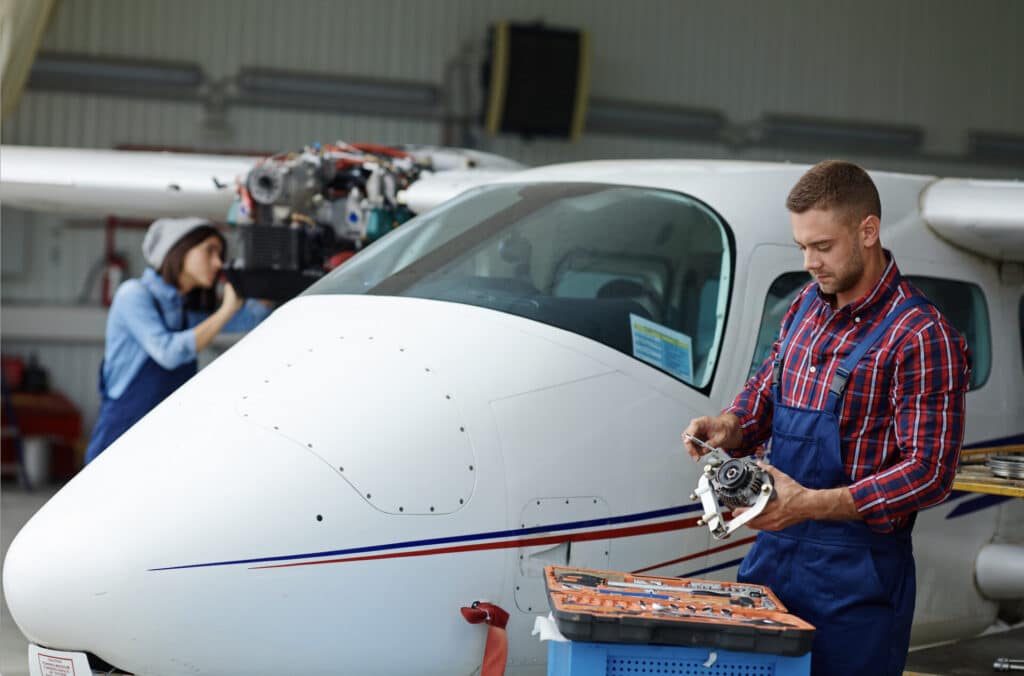
Aircraft maintenance follows strict regulatory schedules. Progressive inspections (A, B, C, and D checks) occur at defined intervals with increasing scope and cost. Annual maintenance typically runs 5-10% of aircraft value—$500,000-$1 million yearly for a $10 million jet.
Unscheduled maintenance addresses unexpected failures. Engine issues, avionics malfunctions, and structural repairs create unpredictable expenses. Manufacturer-backed maintenance programs provide cost certainty through fixed hourly rates covering scheduled work and major component overhauls.
Engine overhauls represent the single largest maintenance expense—$1-4 million per engine depending on type. Most engines require overhaul every 3,000-6,000 flight hours. Understanding depreciation patterns helps anticipate timing of major maintenance events.
Management Services
Professional aircraft management companies handle operational complexity, allowing owners to focus on flying rather than logistics. Management fees typically equal 10-15% of total annual operating costs, or $100,000-$300,000+ for midsize and larger aircraft.
Services include crew hiring and scheduling, maintenance coordination, regulatory compliance, trip planning, and accounting. Management firms negotiate vendor contracts, coordinate insurance, and handle emergency situations. Selecting reputable providers from our directory of top aircraft management companies ensures professional oversight.
Some owners place aircraft in charter programs offsetting ownership costs through rental income. FAA Part 135 certification requirements and operational restrictions apply, but charter revenue can cover 20-40% of annual expenses for well-utilized aircraft. Explore options through established private jet charter operators.
Taxes & Depreciation
Tax implications vary significantly by jurisdiction and use case. Sales tax on aircraft purchases ranges from 0-10%+ depending on state registration. Use taxes apply when aircraft operate outside their registration state.
Federal excise tax (FET) at 7.5% affects certain commercial operations. Property taxes, personal property assessments, and wealth taxes apply in various jurisdictions. Strategic registration in tax-favorable states like Delaware or Montana minimizes exposure.
Depreciation provides substantial tax benefits for business use. Under current U.S. law, bonus depreciation allows accelerated write-offs of aircraft costs—though these provisions phase down through 2027. Our guide to aircraft ownership tax benefits details current regulations and strategies.
Hidden or Secondary Costs
Beyond obvious expenses, aircraft ownership includes numerous smaller costs that accumulate significantly over time.
Administrative and legal expenses cover entity formation, annual filings, and regulatory documentation. Maintaining LLCs or trusts for aircraft ownership costs $5,000-$20,000 annually in legal and accounting fees.
Navigation database subscriptions, weather services, and flight planning software total $10,000-$30,000 yearly. These tools prove essential for safe, efficient operations but rarely appear in initial cost projections.
International operations require permits, customs handling, and ground services commanding premium pricing. Landing fees at major international airports reach $1,000-$5,000 per arrival, while handling agents charge $500-$2,000 per stop.
Cabin upgrades and refurbishments maintain interior aesthetics and functionality. Technology refreshes for entertainment systems, connectivity, and avionics keep aircraft competitive. Budget $50,000-$500,000+ every 5-7 years for interior updates depending on aircraft size.
Strategies to Reduce Jet Ownership Costs
Informed owners employ multiple approaches to control expenses while maintaining operational capability and safety standards.
Charter programs generate offsetting revenue during unused periods. Professional management companies market aircraft to charter customers, handling all operational and regulatory requirements. Income potential depends on aircraft type, location, and market demand.
Fractional ownership programs like NetJets and Flexjet provide alternatives to whole ownership. Buying a share (typically 1/16 to 1/2) reduces capital outlay and fixed costs while guaranteeing aircraft availability. The trade-off: less schedule flexibility and shared access with other owners.
Comparing ownership versus leasing structures reveals optimal approaches for different use cases. Operating leases preserve capital and may offer tax advantages, though long-term ownership typically proves more economical above 200-300 annual flight hours.
Partnering with experienced aviation consulting specialists optimizes tax structure, vendor negotiations, and operational efficiency. Advisors identify savings opportunities in insurance, fuel contracts, maintenance programs, and crew arrangements that individual owners rarely access independently.
Secondary airport basing reduces hangar and handling costs substantially. Aircraft based at reliever airports near major metropolitan areas enjoy 30-50% lower fixed costs while maintaining convenient access to business centers.
Final Thoughts
Private jet ownership delivers unmatched convenience, privacy, and efficiency—but demands comprehensive financial commitment extending far beyond purchase price. Realistic annual operating budgets equal 5-15% of aircraft value, with actual costs varying significantly based on utilization, management approach, and operational profile.
Prospective owners should carefully evaluate whether their travel patterns justify ownership economics versus alternatives. Flying fewer than 200-300 hours annually often favors charter arrangements or fractional programs over whole ownership. For those seeking ultimate flexibility without capital commitment, explore our directory of private jet charter services offering access to diverse fleets without ownership obligations.
Professional guidance proves essential throughout the ownership lifecycle—from initial acquisition through operational management to eventual sale. Working with experienced aviation professionals ensures informed decisions, optimal tax treatment, and efficient operations that maximize the benefits aircraft ownership provides.
Authors
-
Radu Balas: Author
Pioneering the intersection of technology and aviation, Radu transforms complex industry insights into actionable intelligence. With a decade of aerospace experience, he's not just observing the industry—he's actively shaping its future narrative through The Flying Engineer.
View all posts Founder
-
Cristina Danilet: Reviewer
A meticulous selector of top-tier aviation services, Cristina acts as the critical filter between exceptional companies and industry professionals. Her keen eye ensures that only the most innovative and reliable services find a home on The Flying Engineer platform.
View all posts Marketing Manager
-
Marius Stefan: Editor
The creative force behind The Flying Engineer's digital landscape, meticulously crafting the website's structure, navigation, and user experience. He ensures that every click, scroll, and interaction tells a compelling story about aviation, making complex information intuitive and engaging.
View all posts Digital Design Strategist

